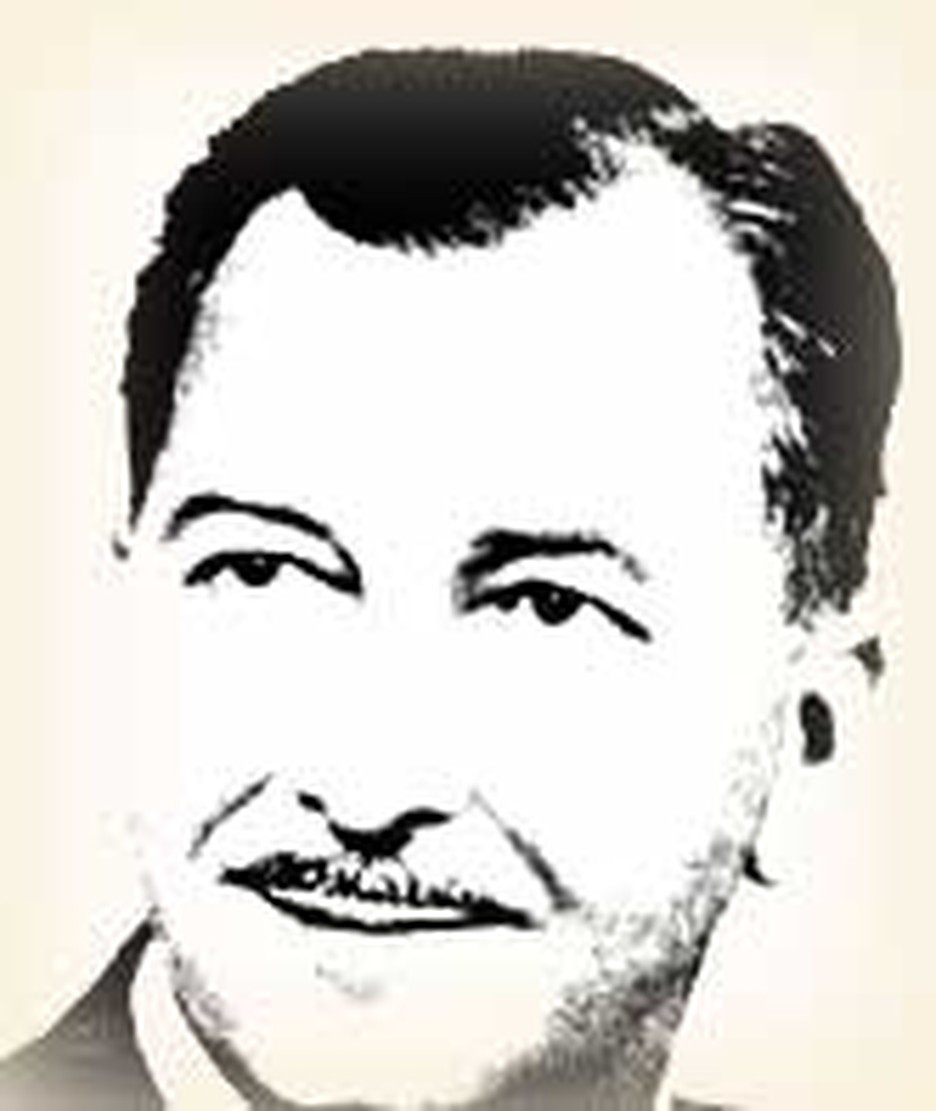
When Jerry Rose became the first missionary to trek into Baliem Valley in 1951 in what was then Netherlands New Guinea, the difficult expedition took him a month each way. Many people lived in the valley, however, and they had never heard the Gospel. Some means must be found to establish a permanent settlement to reach them with the good news of Christ. The obvious solution was to overcome the rugged terrain with a flying boat that could land nearby on a lake or river.
That is when Albert Lewis, a Canadian contractor stepped forward. An air force instructor during World War II, he volunteered to give up his business and fly missionaries across the tortured ridges of New Guinea. "It is going to cost, I know; but I am willing to pay the price," he said. It cost him his very life and much more quickly than he might have anticipated.
Contributors raised money for a two-engine amphibious plane because the Dutch had forbidden single-engine aircraft. After careful study, Al chose a Sealand, an Irish-built airplane. On April 20, 1954, he made his first flight into the Baliem Valley. "Hallelujah!" he shouted over the radio as he landed. When he flew out, he left behind a small party of mission workers with supplies.
For the next year, he ferried missionaries and supplies in and out. Curiously, it turned out that a local chief was eager to receive the missionaries. Seeing planes fly over during the war and after, he had sacrificed pigs to the sky. He attributed his successful conquest of neighboring enemies to this. He had been shouting at the planes to come down to him.
A year after the first landing, mission work had advanced in the Baliem Valley. Language work was progressing, too. Al made many flights in and out. On this day, April 28, 1955, a fellow missionary from the base at Sentani came home to find the hanger empty.
Al had taken off on a solo flight to the valley. His last report said that he was flying at 9,000 feet in light rain. Nothing had been heard from him since then. His anxious wife, Mary, and other missionaries monitored the radio, hoping for a call. The Dutch navy commenced a search and flew over the area for several days. Then the Missionary Aviation Fellowship took over. A month later, the wreckage of the Sealand was finally sighted by Ken Troutman, director of the search, who had chartered a plane to have a look.
Al had crashed 300 feet from the top of a ridge near Baliem Valley. Because natives in that area were hostile, the Dutch declined to send in an expedition to bring out his body: they believed they would have to send in a large force, armed to the teeth. It would be four more years before the remains of Al Lewis were finally recovered. However, the work he helped build endured, and today there are thousands of Christians in the Baliem Valley.
Bibliography:
- Bromley, Myron. "Al Lewis's Last Flight." Alliance Life. (November 7, 1990).
Last updated June, 2007







